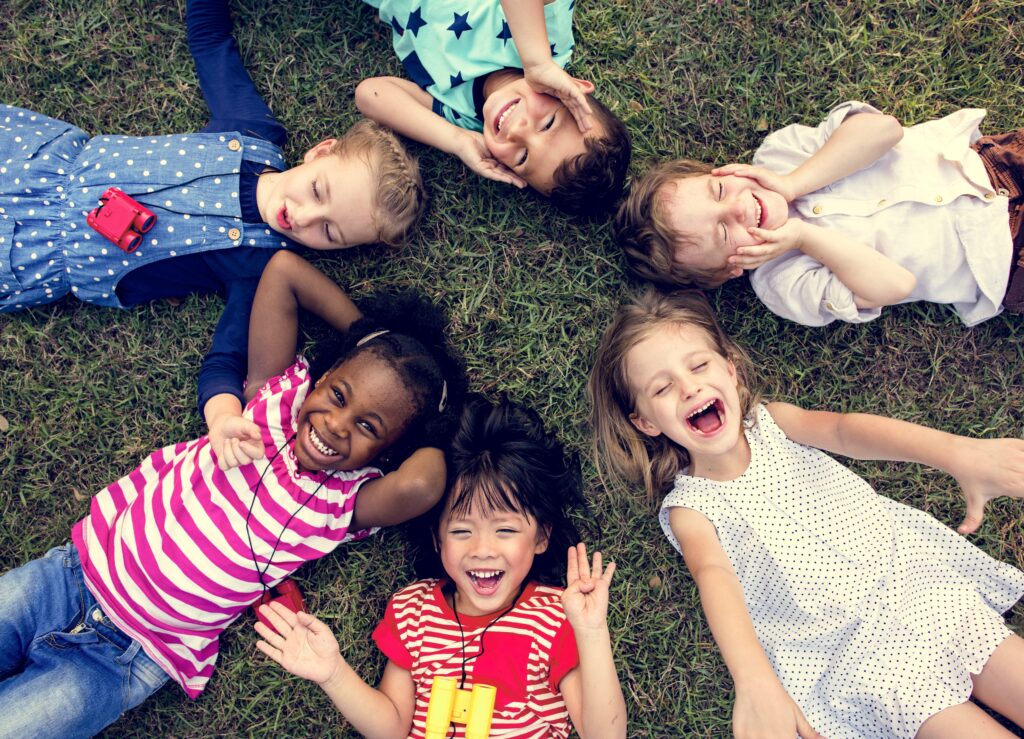There are so many milestones in a child’s life and the first day of kindergarten is certainly one of them. Like any good parent, you want to make sure they are well prepared. “Kindergarten is the first year that children are given that larger opportunity to be independent, especially in full-day kindergarten programs. The beginning of kindergarten focuses on letters and letter sounds, but also focuses on concepts like sharing and how to behave in a school,” says Michaela Schuzer, a kindergarten teacher.
A study from February 2024 from JAMA Pediatrics shows an association between the COVID-19 pandemic and kindergarten readiness which we are still recovering from. Another kindergarten teacher, Paula Johnson, agrees. “Many, but not all of those students were lacking in readiness skills due to not attending a preschool program from March of 2020 and beyond. Some may have been academically prepared but many of them were not ready socially or emotionally and lacked self-care skills.”
Encouraging independence by giving your child the basic tools to succeed is key. “Basic life skills are often those we don’t always think we need to teach someone because it’s so second nature to us,” explains Schuzer. “Supporting your child’s learning journey at home will take them far.” Both Schuzer and Johnson suggest applying these practices at home before your child enters kindergarten.
Self-Help Skills
Johnson says that 5- and 6-year-olds “are extremely capable of basic personal care skills necessary for school. When parents do not allow for time to build these skills, their child is already at a disadvantage compared to their peers.” When your child enters kindergarten, they should know how to blow their nose, how to button their pants, how to turn jackets right side out, how to open their snacks and how to wipe their bottom without wipes. “Shoe tying is developmental and may not happen until later in the school year,” adds Johnson. Until then, select shoes that your child can put on independently.
Find Teaching Moments at Home
“Any activity at home can be turned into something that will help your child,” says Schuzer. She suggests dinnertime prep as the perfect time for this. “You can ask about the colors of the food you are preparing, what letter the color words start with and the sounds they make.” Playing age-appropriate games at home also offers teaching moments including turn-taking, winning and losing gracefully, problem solving and strategic thinking. Consider Sequence for Kids or Uno card game.
Encourage Reading
It is important to incorporate reading as part of your child’s nighttime routine. “Read aloud is so beneficial for kindergarteners, especially as we identify new letters and sounds each week,” says Schuzer. Johnson adds that parents should also be caught reading. “Young children need to see adults reading books, magazines or newspapers versus seeing them scroll on devices (even if you are technically reading).”
Work on Their Social Skills
Social skills are an important life skill that children will continue to expand upon as they enter school and into adulthood. Give your child opportunities to speak to adults other than their family when ordering their meal at a restaurant or getting a new library card. Talk about respectfulness of others’ things and how to include other children in play who might be less adept at joining in.
Take Responsibility for Themselves
“Children are capable of following rules and routine at school so it shouldn’t be different at home,” says Johnson. Don’t empty your child’s backpack. Teach your child to remove the papers from their folder and place them in the same drop spot every day. It is also their responsibility to make sure everything is in their backpacks before they leave in the morning. “My least favorite statement from students is that my mom forgot to put it in my backpack,” says Johnson.
Teach Your Child to Self-Calm
Self-calming is a skill we all need, but especially helpful in a room of 20 children. By the age of 5, children should be capable of not having a tantrum when they are frustrated. “Big feelings are OK, but not if that transfers to hurting or impeding others from learning,” says Johnson. Schuzer offers a feelings chart that her students complete each morning. “Students start the day by moving their assigned number to the color that matches their mood.” Schuzer offers coping buckets based on their mood color that contain snacks, stuffed animals and fidget toys. “Throughout the day, a student can hang out by the Feelings Chart for five minutes before returning to work. We all need a break sometimes and this area offers just that!”
Pam Molnar is the mother of three kindergarten graduates and a writer who enjoys sharing her parenting wins with others.
10 Books to Get Your Little Excited for Kindergarten
- Miss Bindergarten Gets Ready for Kindergarten by Joseph Slate
- On the First Day of Kindergarten: A Kindergarten Readiness Book for Kids by Tish Rabe and Laura Hughes
- How to Be Confident in Kindergarten: A Book for Your Backpack by D.J. Steinberg and Ruth Hammond
- KINDergarten: Where Kindness Matters Every Day by Vera Ahiyya
- Kindergarten Rocks!: A Kindergarten Readiness Book for Kids by Katie Davis
- Clifford Goes to Kindergarten by Norman Bridwell
- The 12 Days of Kindergarten: A Book for Kindergarteners by Jenna Lettice
- I’m Going to Crush Kindergarten: A Going to Kindergarten Book for Kids by Sonica Ellis
- The Night Before Kindergarten by Natasha Wing
- Butterflies on the First Day of School by Annie Silvestro



